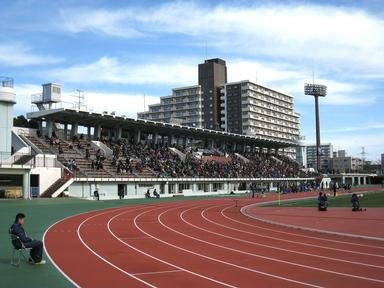
The Battle of the Decathlon Trivia Quiz
The decathlon is a two-day, ten-event track and field competition first held at the 1912 Stockholm Olympics. See if you can put the 10 events of the MEN'S decathlon in the order that they are performed (the order is different for the women). Good luck!
An ordering quiz
by BigTriviaDawg.
Estimated time: 3 mins.